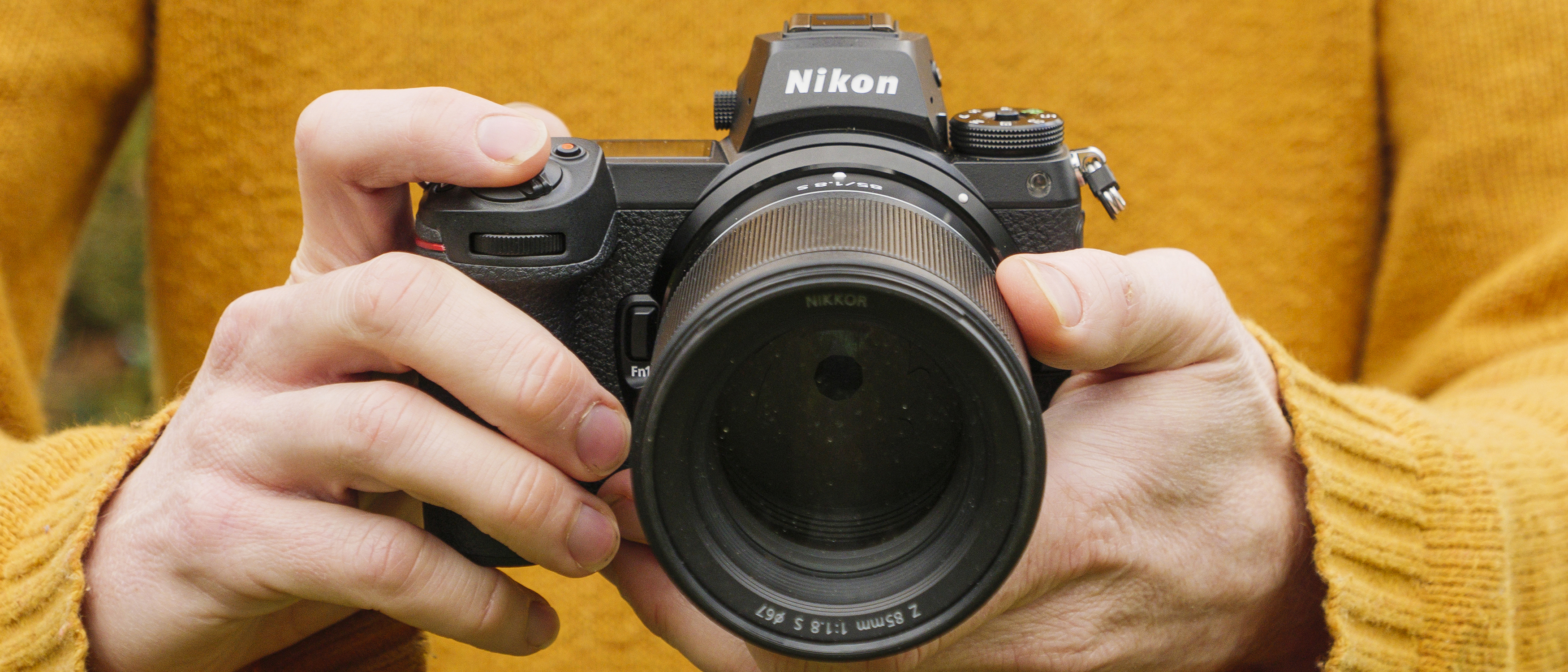TechRadar Verdict
The Nikon Z7 II is a subtle evolution of the original Z7, thanks to its two card slots and dual processors that boost its all-round performance. Elsewhere, it's wonderfully familiar territory, and the Nikon Z system is steadily growing. We'd like to have seen a more significant upgrade, but that switch to Nikon mirrorless looks safe now – if you have the money.
Pros
- +
Speedier all-round performance
- +
Nikon Z system is growing nicely
- +
Excellent handling
- +
Solid photo and video features
- +
Eye AF is quick and reliable
Cons
- -
A modest refresh
- -
Rivals have superior AF for action
- -
Card door pops open too easily
- -
Better image stabilization on rivals
Why you can trust TechRadar
We were blown away by the original Nikon Z7, which arrived alongside the Nikon Z6 in 2018 as the company's first full-frame mirrorless cameras. For a first generation, both cameras were instantly competitive, even class-leading in some areas, but neither was perfect – hence the arrival of the Nikon Z7 II and Z6 II.
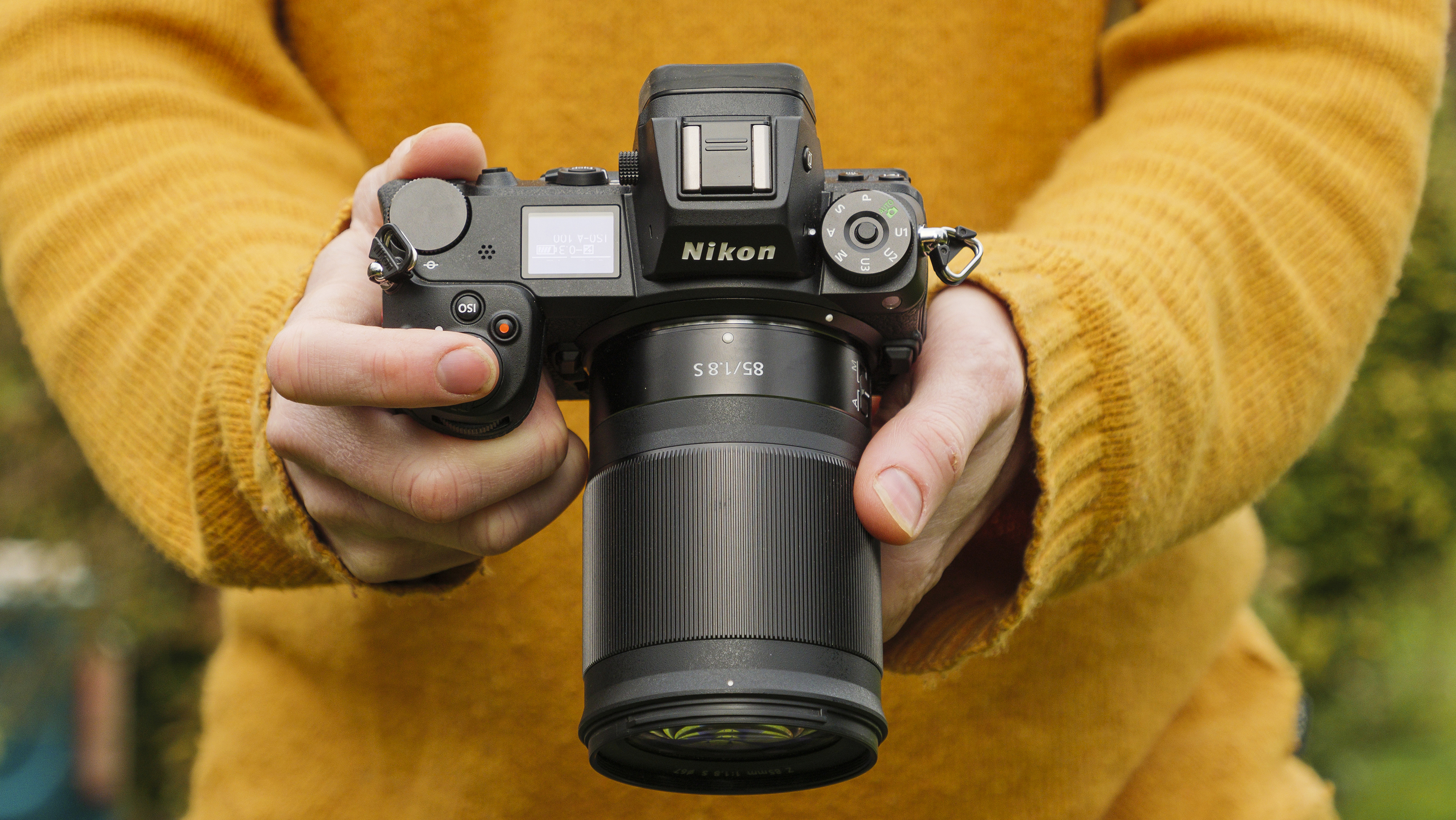
Release date and price
Design
Features and performance
Image quality
Should I buy it?
This second generation brings a sense of tweaking and refinement, along with a slight reorientation to address the critics. For instance, the Nikon Z7 II now has dual cards slots and twin Expeed 6 image processors to help enhance performance.
High-speed 10fps burst rates are sustained for longer, while autofocus is more versatile, even if we're not quite in pro sports territory here. Video features have been improved too, with internal 4K 60fps and Full HD 120fps possible.
Elsewhere, much of what we love about the original Nikon Z7 remains. There's still the excellent form-factor and handling – you'd struggle to tell the Z7 II and Z7 apart – plus those gorgeous 45.7MP photos.
The Z7 II is less bold than before, because we're not treading new ground. However, there's something more reassuring going on here – the camera is more versatile and, crucially in those two years, the Nikon Z system has matured.
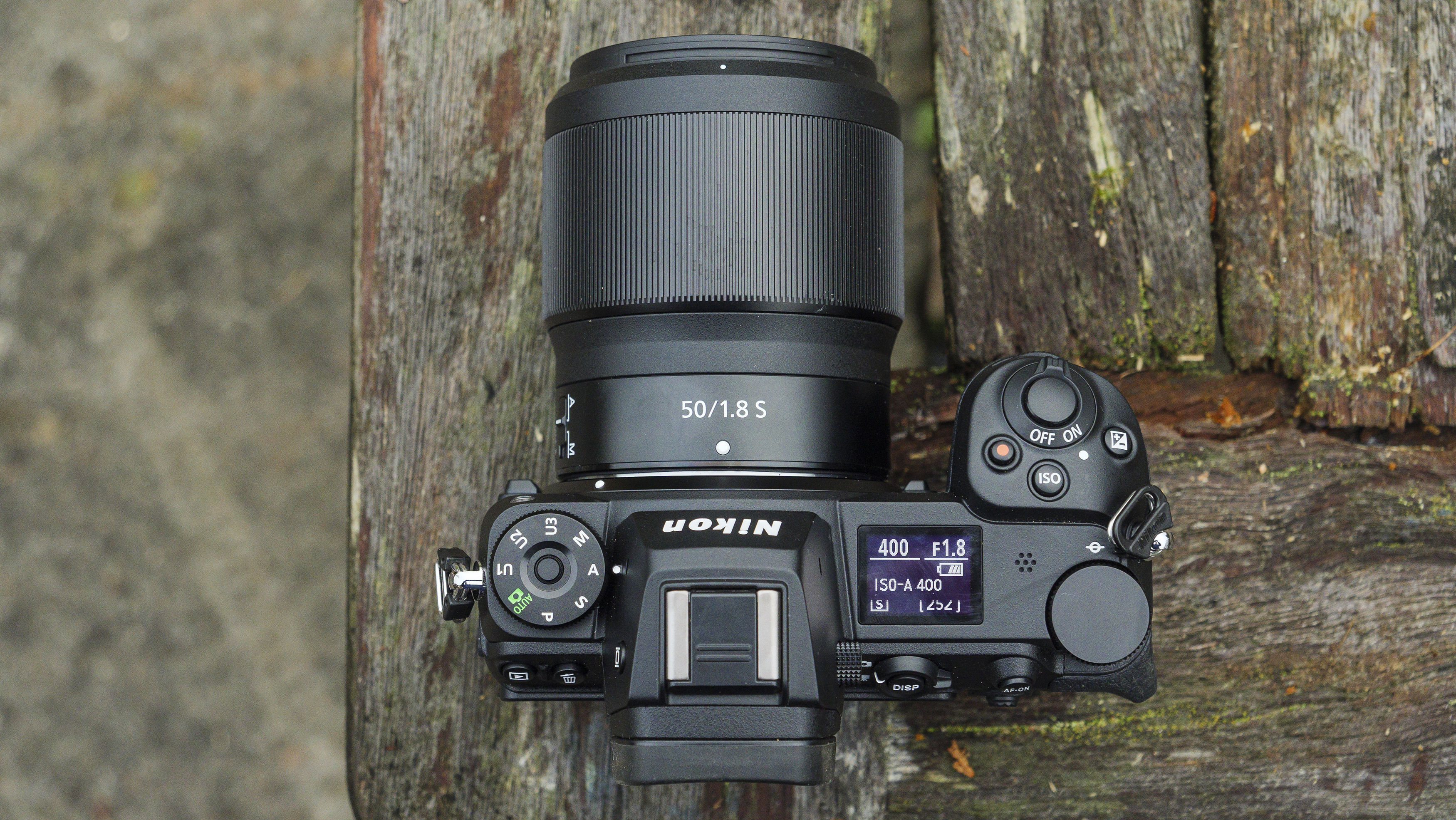
There are more Z lenses and better accessories (including a new vertical grip). And with these refined cameras, surely most doubters must now be considering Nikon Z as a safe system to adopt, even making the switch from DSLR to mirrorless.
We respect that Nikon has brought in the Z7 II at a considerably lower price than the Z7 at launch – its body-only tag of $2,999 / £2,999 / AU$5,499 is aggressive compared to the competition. In addition, the Z7 II uses both SD and CFexpress memory cards that are significantly cheaper than the XQD card type of the Z7 (though the Z7 II will still take XQD cards, too).
Sign up for breaking news, reviews, opinion, top tech deals, and more.
You could save money on the cheaper, two-year-old Nikon Z7 – and for the most part, you'd enjoy a similar shooting experience. However, in the scheme of things, the outlay when buying into the system will likely end up the same.
Overall, the Nikon Z7 II is a modest refresh, but the dual processors, two card slots, improved autofocus and deeper buffers all help to keep it competitive with its slightly pricier rivals. The bigger picture is bright, too – Nikon has a respectable track record of improvements via firmware updates, while the growing Nikon Z system looks the business. For landscape shooters, it's undoubtedly one of the best cameras for photography, particularly if you're a fan of Nikon's design and lens system.
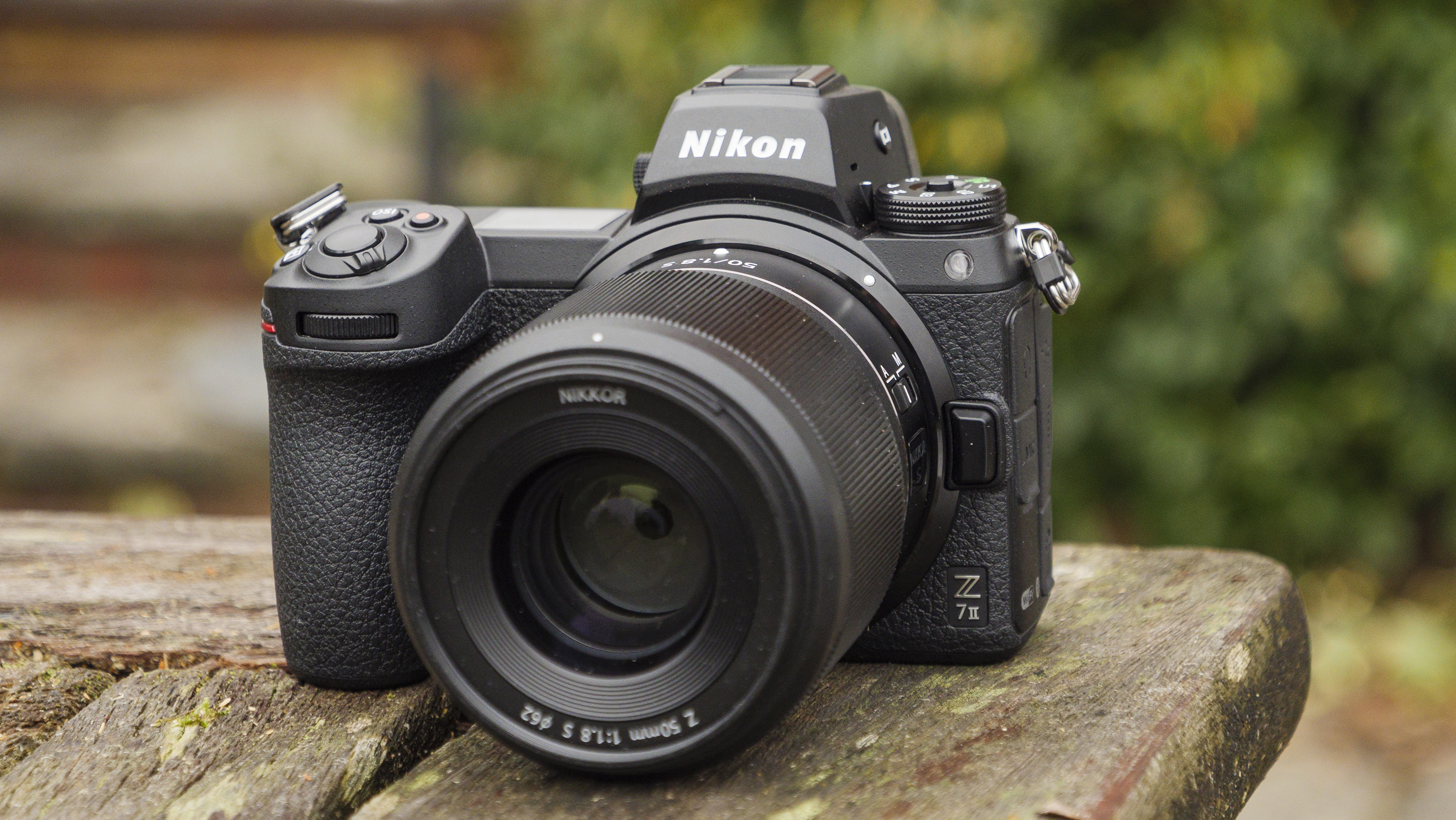
Nikon Z7 II release date and price
The Nikon Z7 II is available now and costs $2,999 / £2,999 / AU$5,499 for the body-only. Or if you'd prefer to buy it with the 24-70mm f/4 kit lens, that'll set you back $3,599 / £3,549 / AU$5,699.
That means the Nikon Z7 II is quite a bit cheaper than its predecessor at launch. Back in 2018, the Nikon Z7 arrived for $3,399.95 / £3,399 / AU$5,499 (body-only), so it seems Nikon is keen to make its high-resolution model more appealing for pro shooters.
This is likely down to the fiercer competition in 2021, with the likes of the Sony A7R ($3,500 / £3,500 / AU$5,699) and Canon EOS R5 ($3,899 / £4,199 / AU$6,899) very tempting alternatives for those who need a combination of high resolution and versatile shooting power.
The Nikon Z7 II looks good value against those competitors – it doesn't boast some of the features found in those cameras, but it's still a great option.
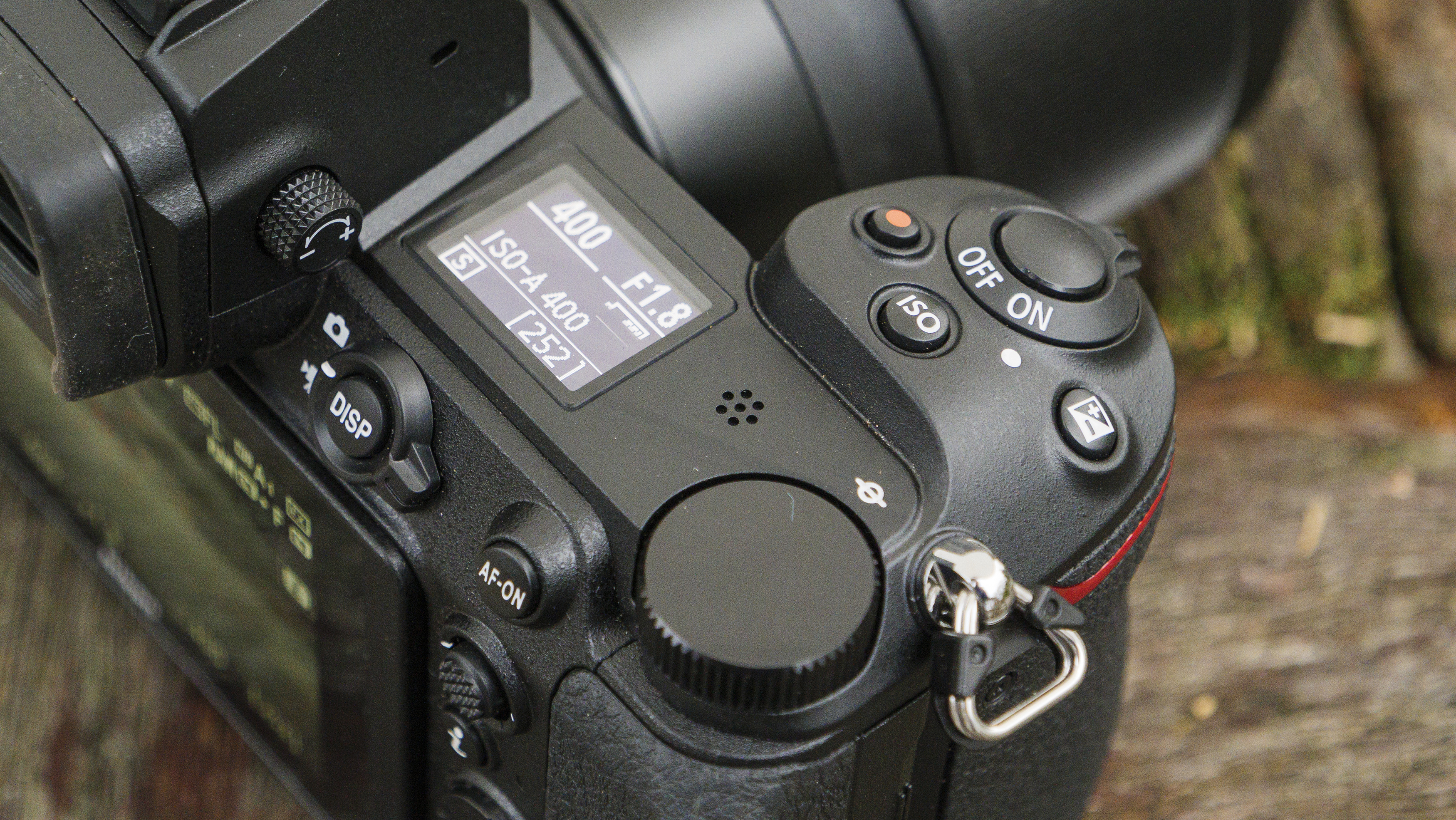
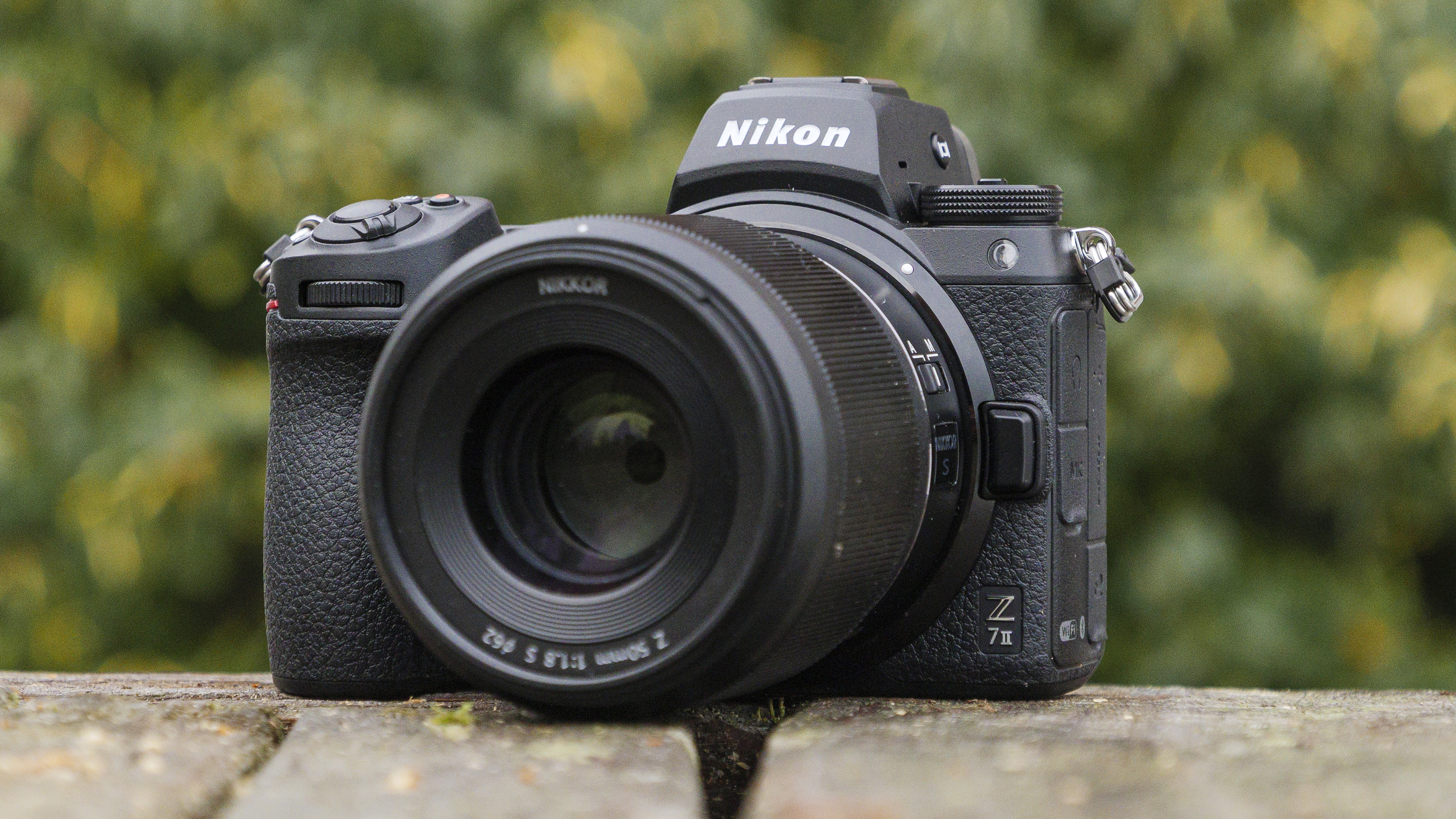
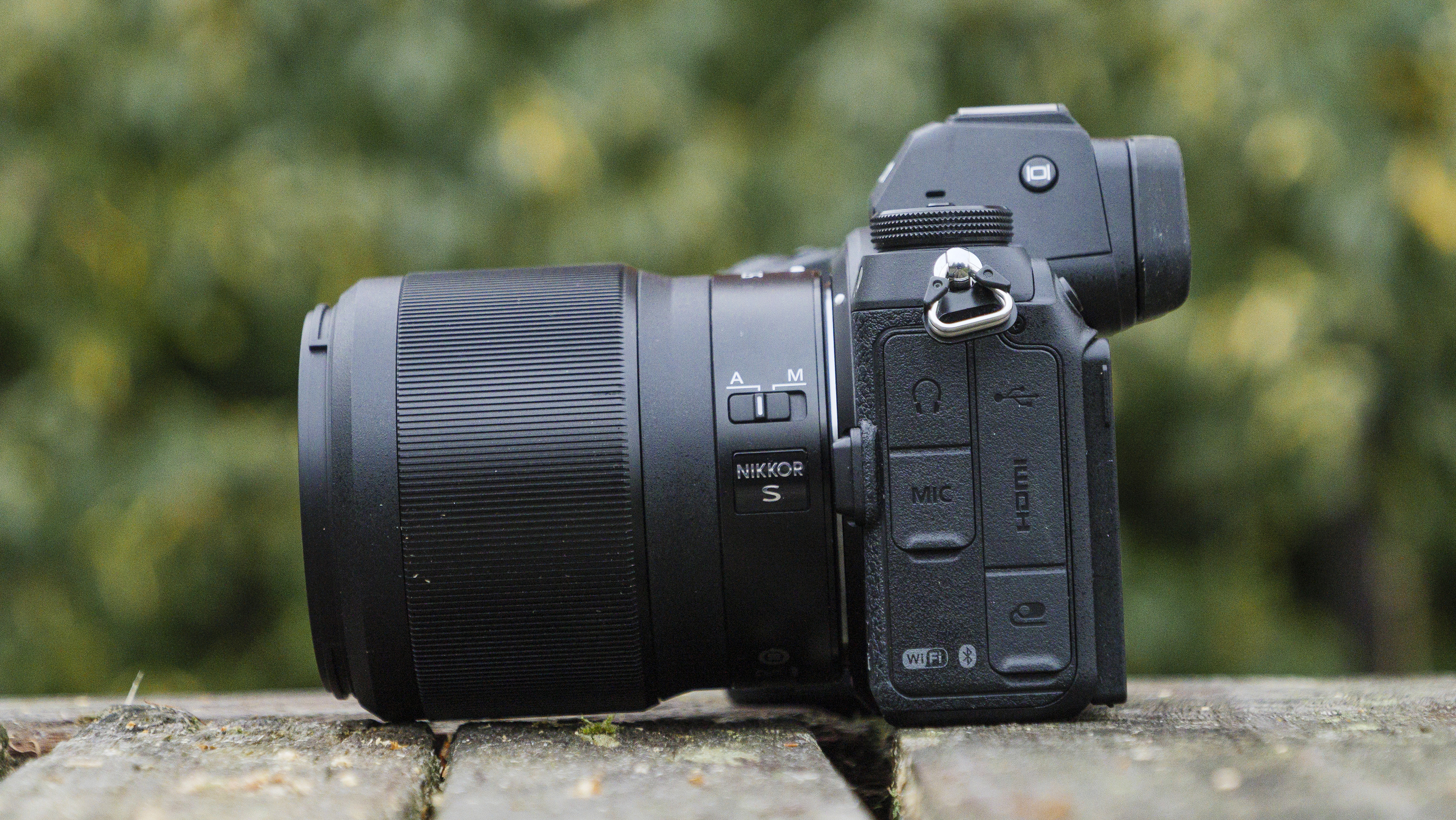
Design
- Now has dual card slots (SD UHS-II and CFExpress / XQD)
- Near identical design to the Z7 with same EVF and screen
- Excellent form factor and control layout
With the Z7 II's design so similar to its predecessor, much of what we said in our Nikon Z7 review applies here. So let's focus on the few changes.
The single XQD card slot in the Z7 ruffled a few feathers, especially for those worried about card errors. Also, this card type, though reliable, is really expensive. Both concerns have been addressed in the Z7 II, with camera offering dual SD UHS-II and CFexpress / XQD type card slots.
Some folks weren't keen on the Z7's simplistic vertical grip accessory either, because it lacked control buttons. Now there's a new grip for the Z7 II (the MB-N11) and it offers the same button layout when shooting in portrait format. Double tick.
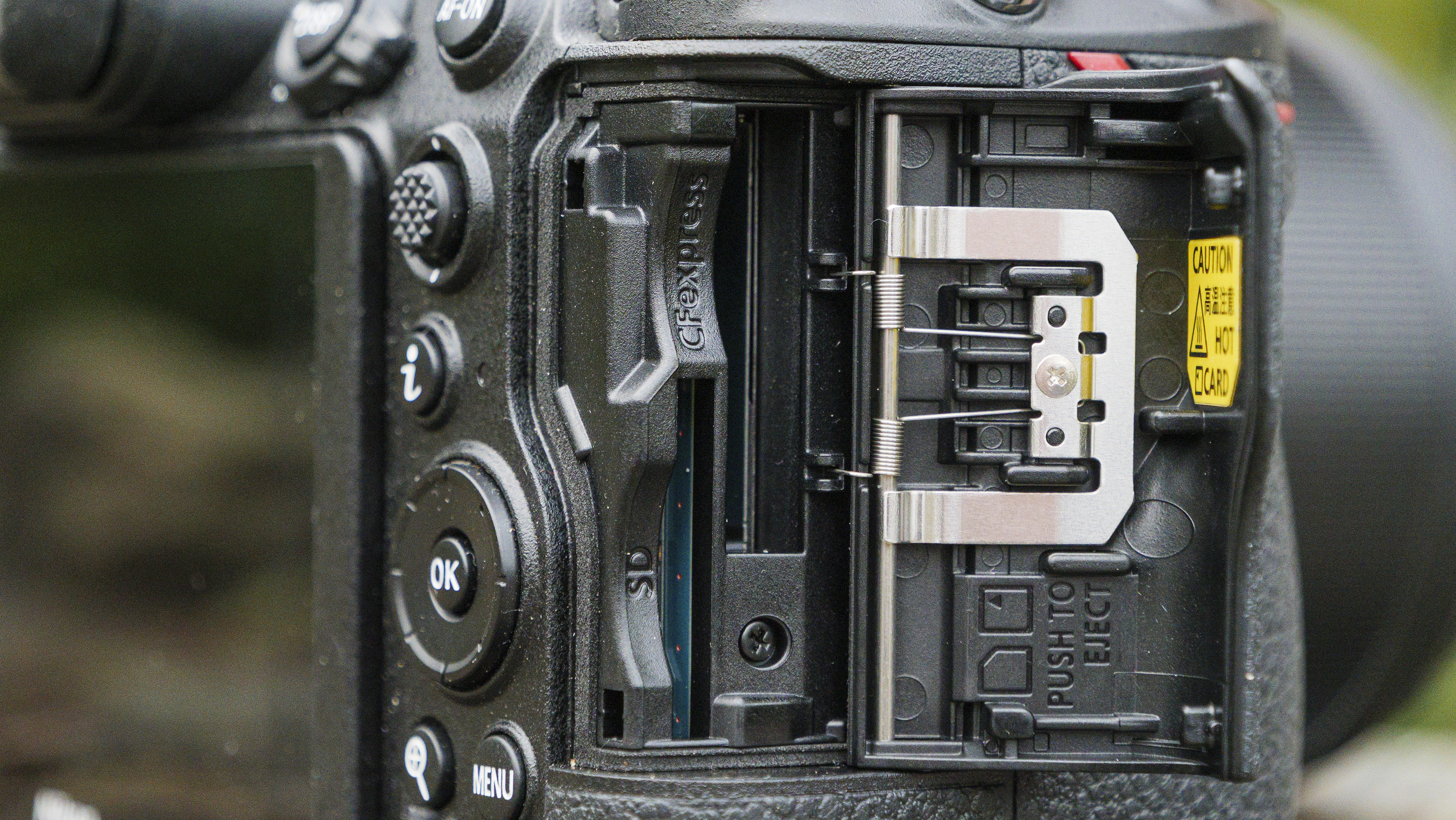
The grip also hosts two batteries for more power, the outer one of which can be removed and replaced while the camera is still in action. This is very handy, especially for extended video recording.
Talking of battery life, the Z7 II's stamina has been upped from the Z7's modest 330-shots to a more respectable 420 shots. That's mainly thanks to a new version of the battery (the EN-EL15c), which can also be topped up on-the-go via USB-C.
Elsewhere, we really are on familiar ground. If it ain't broke, don't fix it – like the Z7, the Z7 II slots in the hand nicely and the accentuated thumb grip gives you a really firm hold.
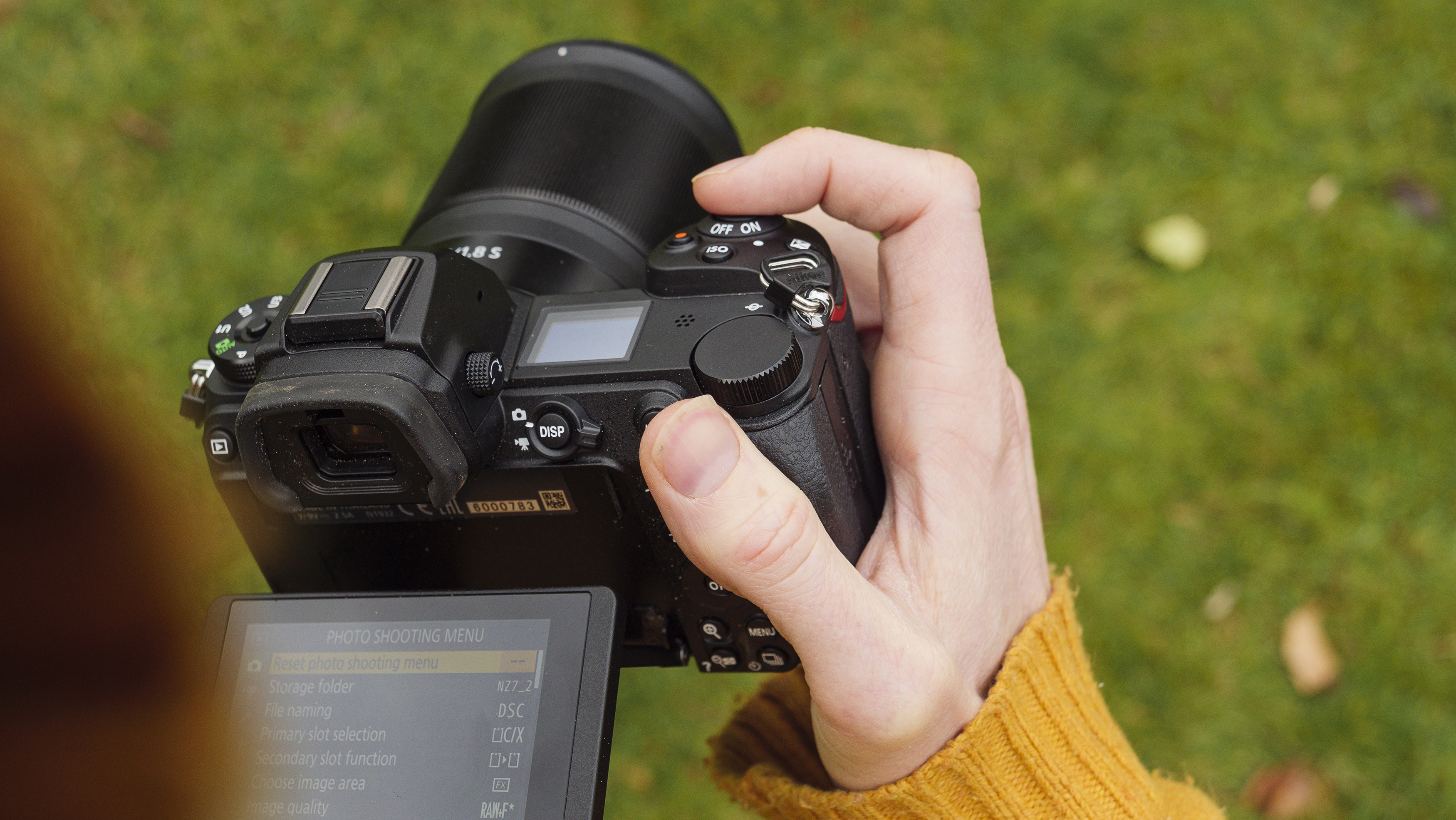
We especially like the chunky control dial and AF joystick, which are both within short reach of the thumb. Overall, the control layout is entirely intuitive and even Nikon DSLR users will feel right at home.
The Z7 II is also a tough camera, boasting the same degree of weather-sealing as the Nikon D850. Small, intuitive and tough – design is certainly where the Z7 II shines.
Like the Z7, there's a 3.2-inch, 2.1-million-dot, tilt-touchscreen on the back with comprehensive controls that respond really well to touch. Like before, you get a bright, 3.69-million-dot EVF with significant 0.8x magnification, too.
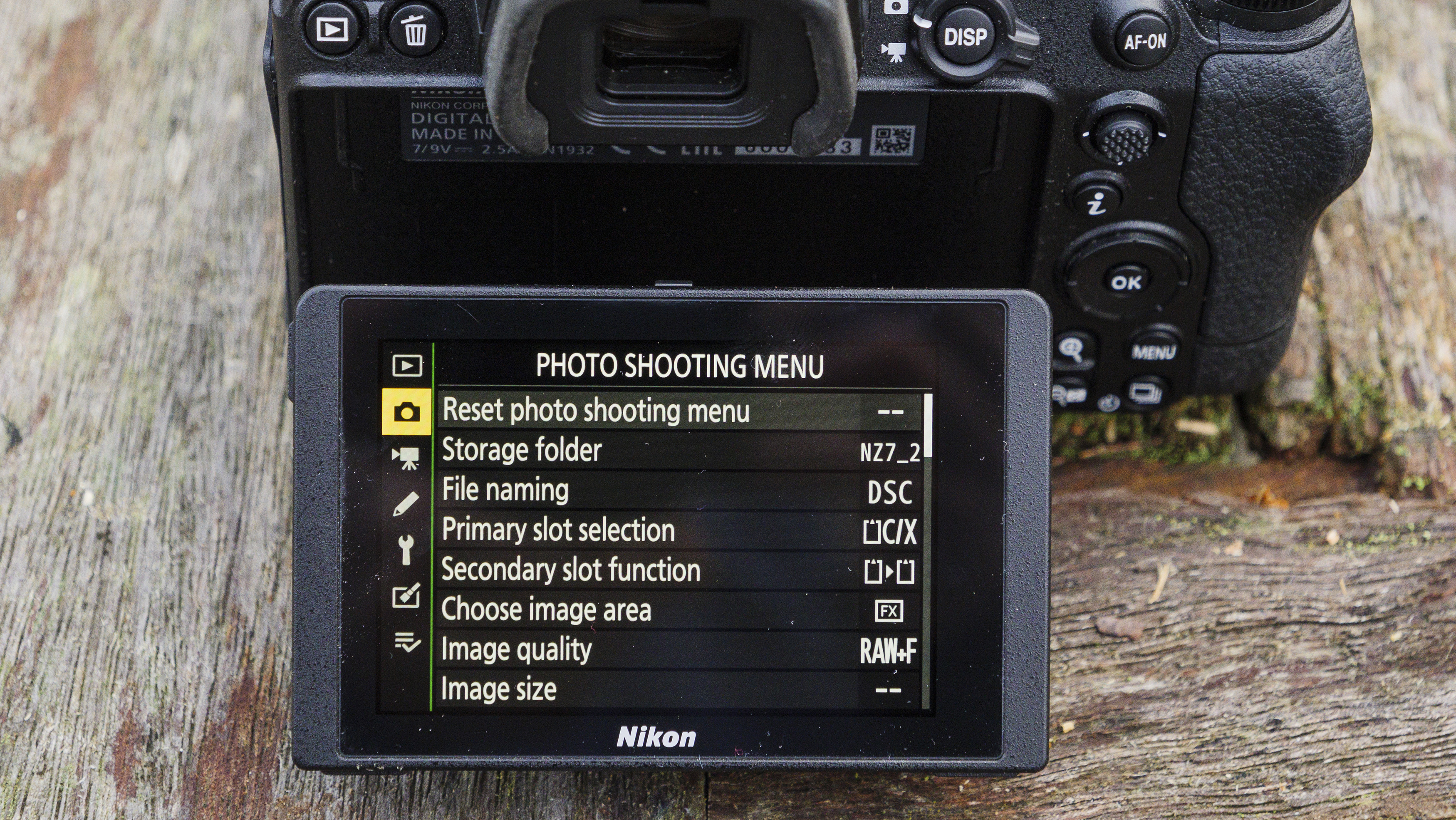
We loved both displays last time around, though the competition has since moved on. You can find 5.76-million dot EVFs available on the likes of the Sony A7R IV, while the Canon EOS R5 features a vari-angle screen that vloggers and self-shooters will prefer.
We only really have a couple of minor gripes. The thumb grip, though very comfortable, doubles up as the card door and it pops open all too easily, especially when stowing away or accessing the camera in a bag. Also, we couldn't find a way to hide information on the display – it's a frustration when you want an unimpeded view of the scene.
Features and performance
- 493-point AF system with human or animal eye/face detection
- Shoots up to 200 JPEG images at 10fps
- Five-axis image stabilization
In terms of features, there’s very little to choose between the Nikon Z7 II and the Z7. For example, we have the same 45.7MP full-frame sensor with native ISO range running from ISO 64 to 25,600 (with extended ISO 32 to 102,400 settings). Sensor-shift provides image stabilization up to 5EV, too.
Still, notable improvements are the fruit of packing in dual Expeed 6 image processors this time around – Nikon claims this improves processing power by up to 3.3 times.
Continuous high-speed shooting is one drive mode that benefits from the additional processing power. Rates are upped from 9fps to 10fps, but more importantly the sequences can last significantly longer before the camera slows up (as we'll discover below). In real world shooting scenarios, we'd take longer sequences every time.
Internal 4K video at 60fps is now possible, too. There's a 1.08x crop applied at this setting, but that's no deal breaker and 4K/30fps videos are from the full width of the sensor.
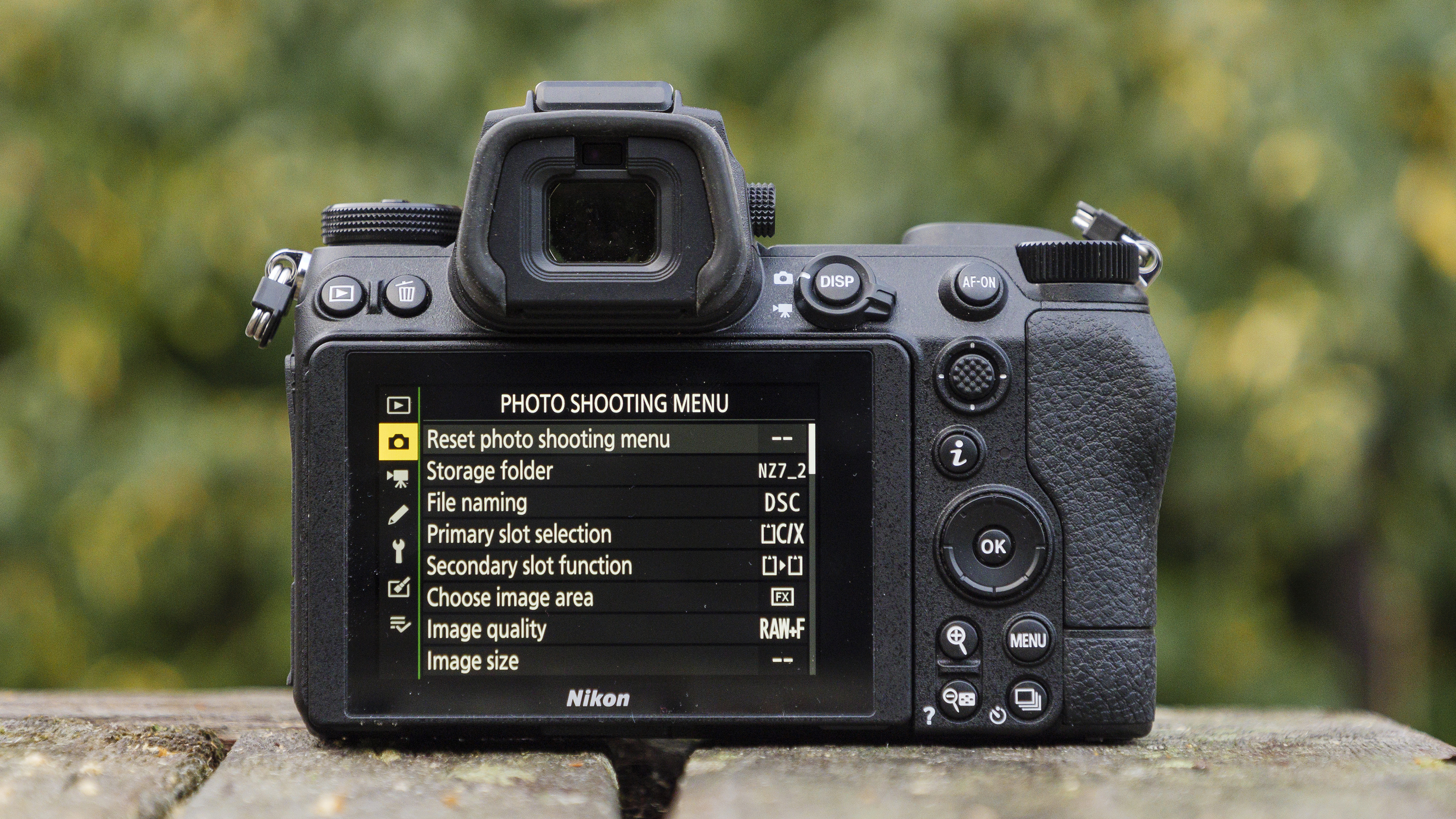
What about the real-world experience? Those dual processors really do ramp up the overall performance of the Z7 II.
For continuous shooting, the 10fps sequences can last around 3x longer than in the Z7 – you'll get up to 75 raw images or 200 JPEGs before the camera slows up.
Of course, performance depends on the card you use. When we used an SDXC UHS-II card with 300MB/s read/write speeds, the camera was able to rattle off 50 raw images at 10fps in one burst, or 200 JPEG images.
Autofocus has been refined in a few areas, too. Low light AF performance has improved a little by 1EV, now being sensitive to -4EV. We have shot under dim moonlight and secured sharp focus, even if it's a little slower.
Nikon also claims that tracking AF is better. We haven't been able to make direct comparisons with the Z7, but the overall experience tracking subjects does seem snappier and more reliable in the Nikon Z7 II.
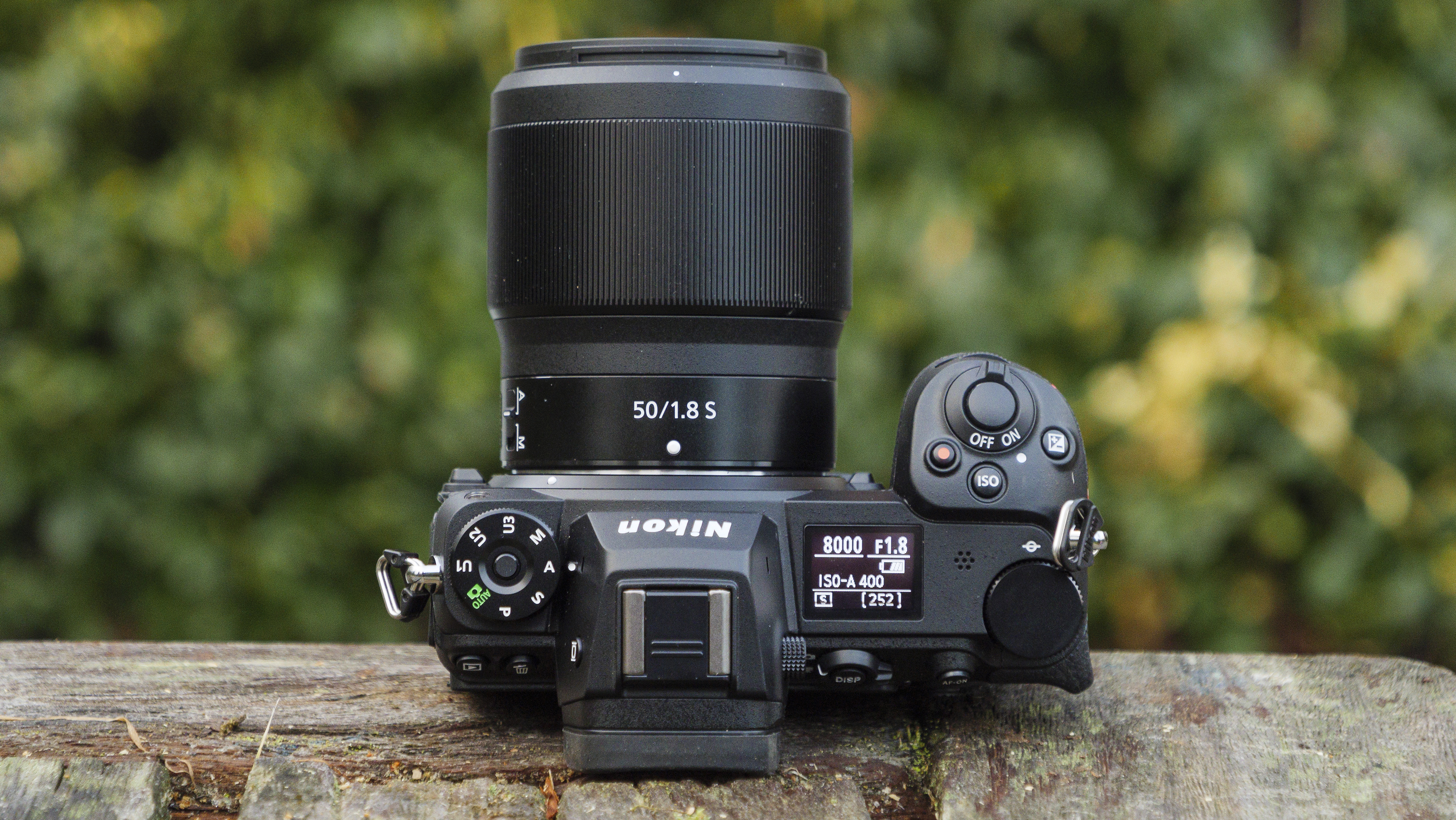
Certain AF modes are also now more versatile on the Z7 II. Take human or animal eye/face detection, which are now available for photo and video capture in the wide-AF mode – this means you can limit the AF zone from a wider area. That's clever because subjects aren't always in the middle of the frame.
The Eye AF is reassuringly reliable and is certainly rapid. In short, you can pretty much guarantee sharp focus on the eyes. Overall, Nikon has made positive strides regarding AF in the Z system.
The Z7 II boasts five-axis stabilization. This sensor-shift based system (which marries to optical stabilization) has a claimed five stops of effectiveness. Overall, in real use, we regularly enjoyed three stops of compensation – for example, handheld the 1/13 sec shutter speed proved sharp with the 85mm f/1.8 lens. Beyond three stops, we couldn't guarantee sharp detail.
Stabilization is more effective in the Canon EOS R5, but compared to DSLRs the Z7 II is infinitely more forgiving for handheld shooting.
Image quality
- Same image quality as the Nikon Z7
- Class-leading dynamic range
- Sharp detail from centre to edges with Nikon Z glass
If outright image quality is your main concern, then you can't go wrong with the Nikon Z7 II.
It has the same 45.7MP full-frame sensor that we raved about in the Nikon Z7. With so many pixels at your disposal, the APS-C crop mode boasts 19MP and further heavy cropping is entirely possible.
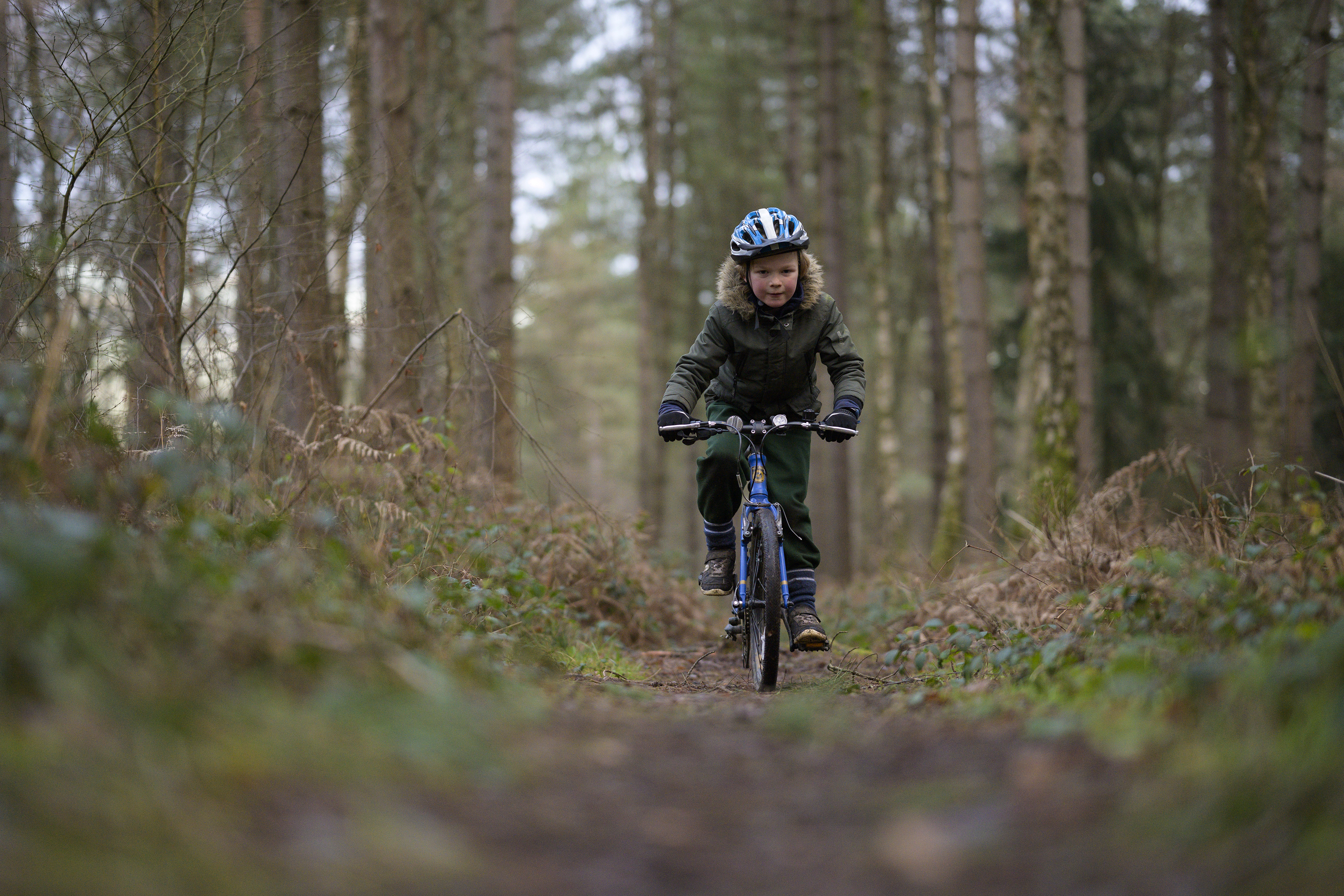
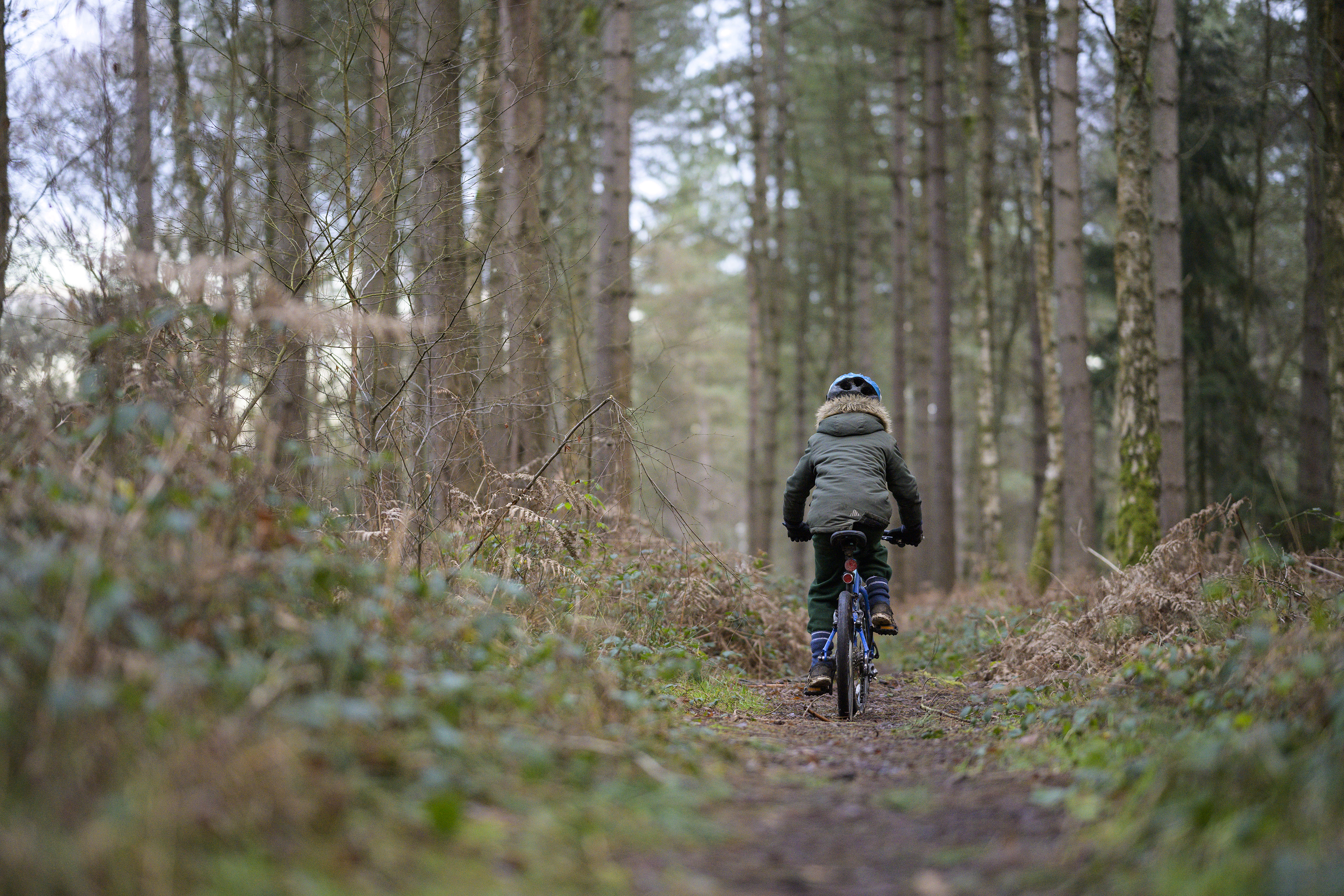
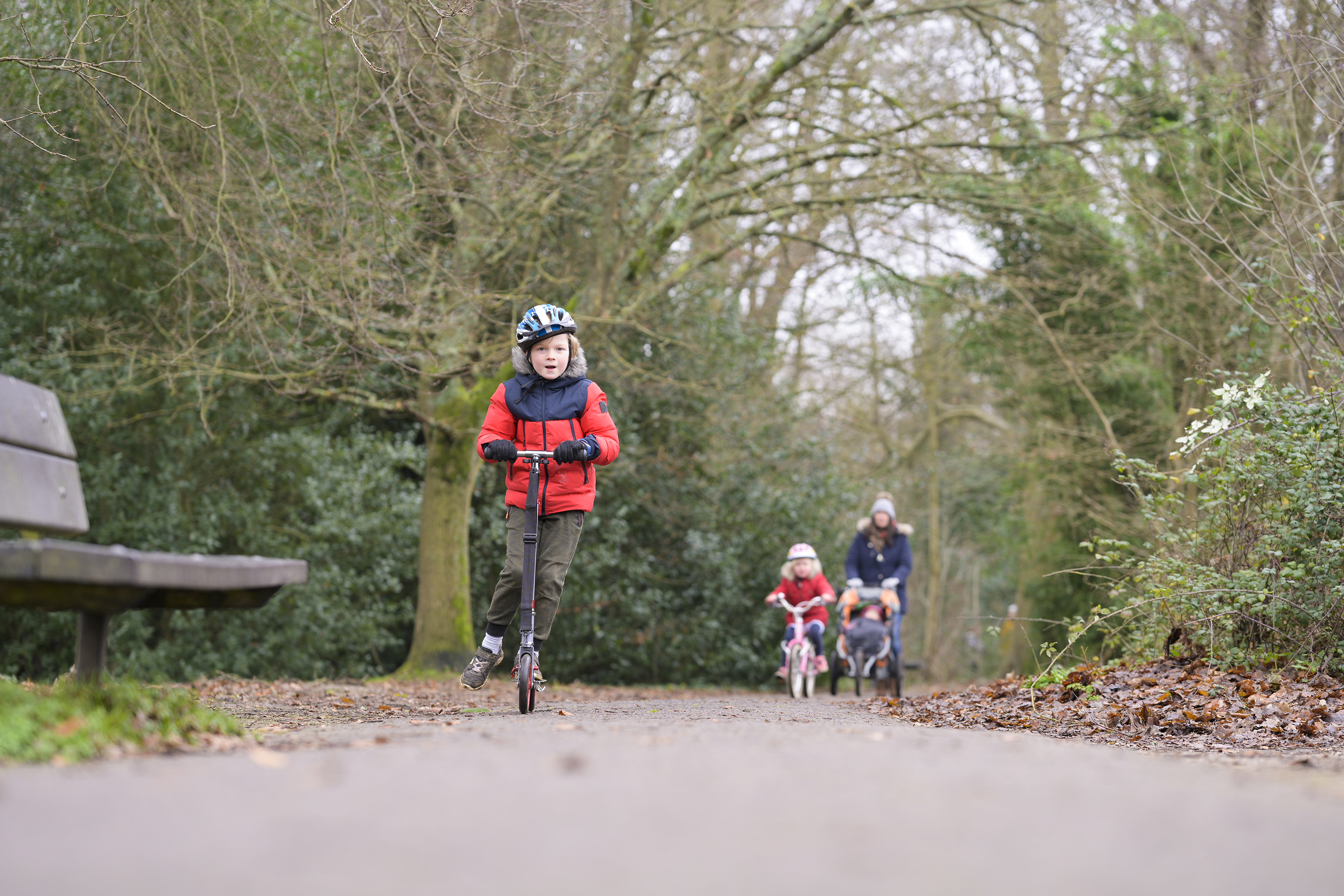
Paired with some of Nikon's excellent Z lenses and the large Nikon Z lens mount, you get sharp detail from centre to edges, with less of an adverse affect from distortion that you can get with smaller lens mounts, including diffraction.
Noise levels are also well-controlled, thanks to the back-illuminated design of the sensor – we'd happily use ISO 1600 for sharp raw images, while plenty of detail remains at ISO 6400.
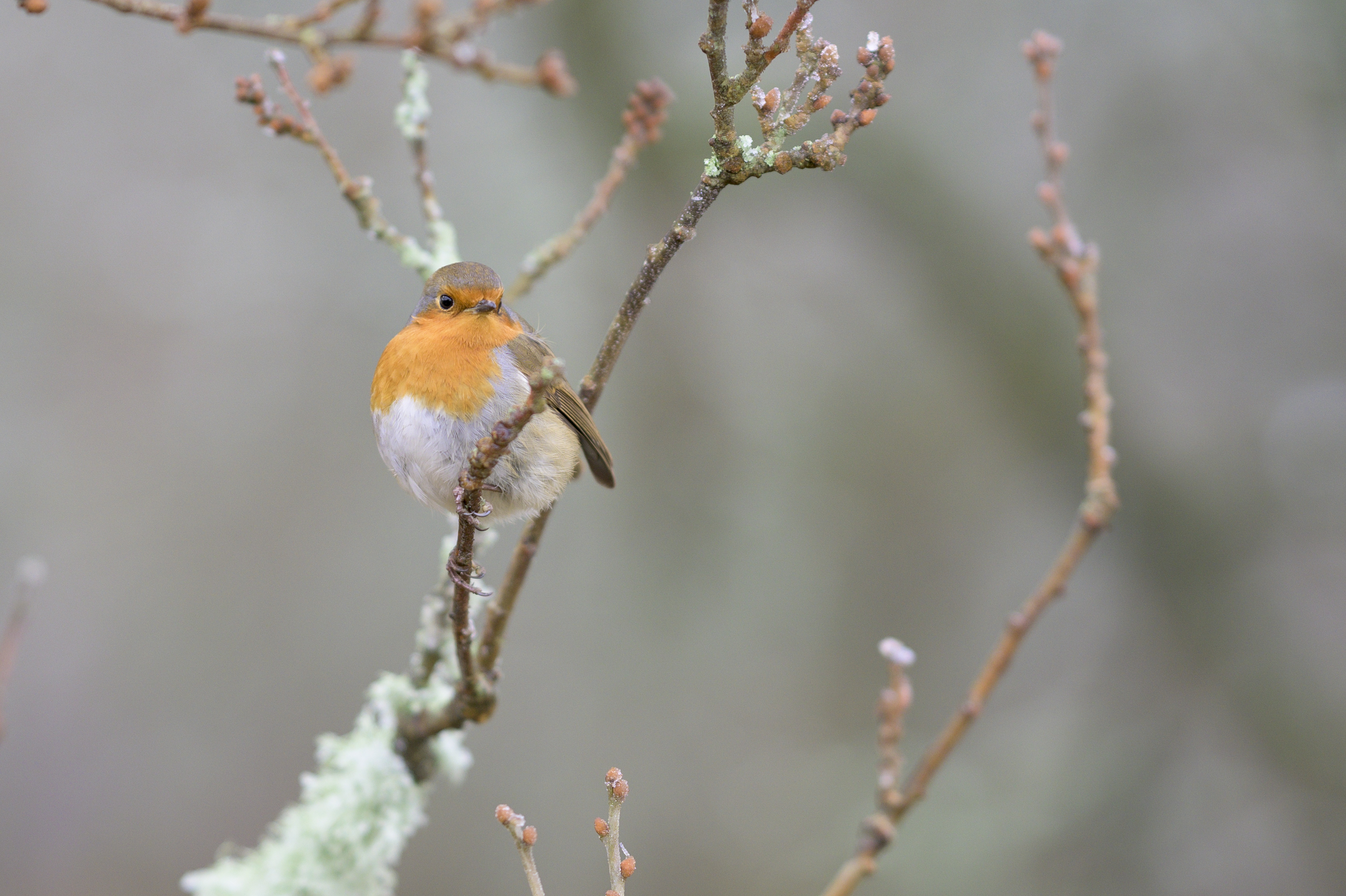
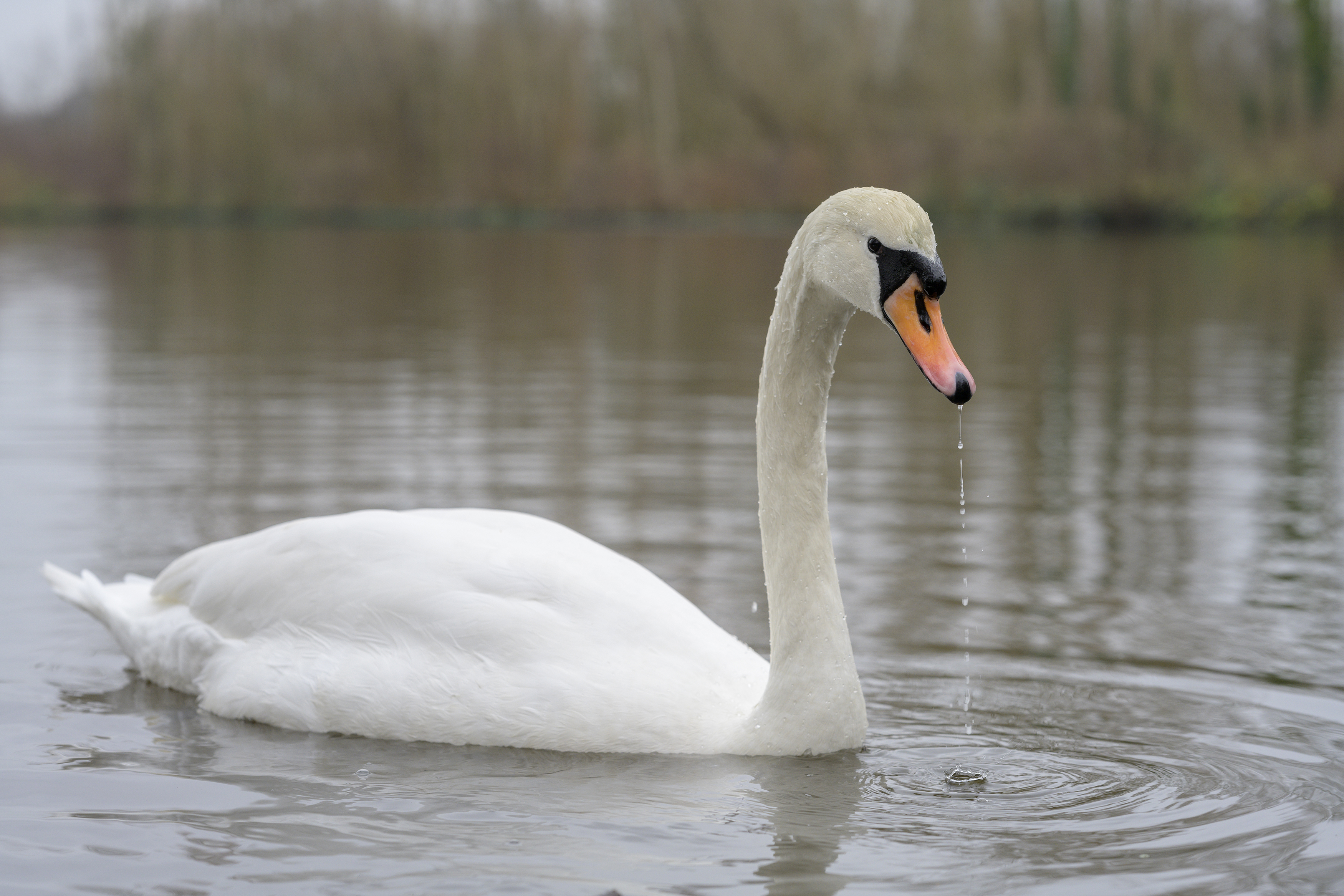
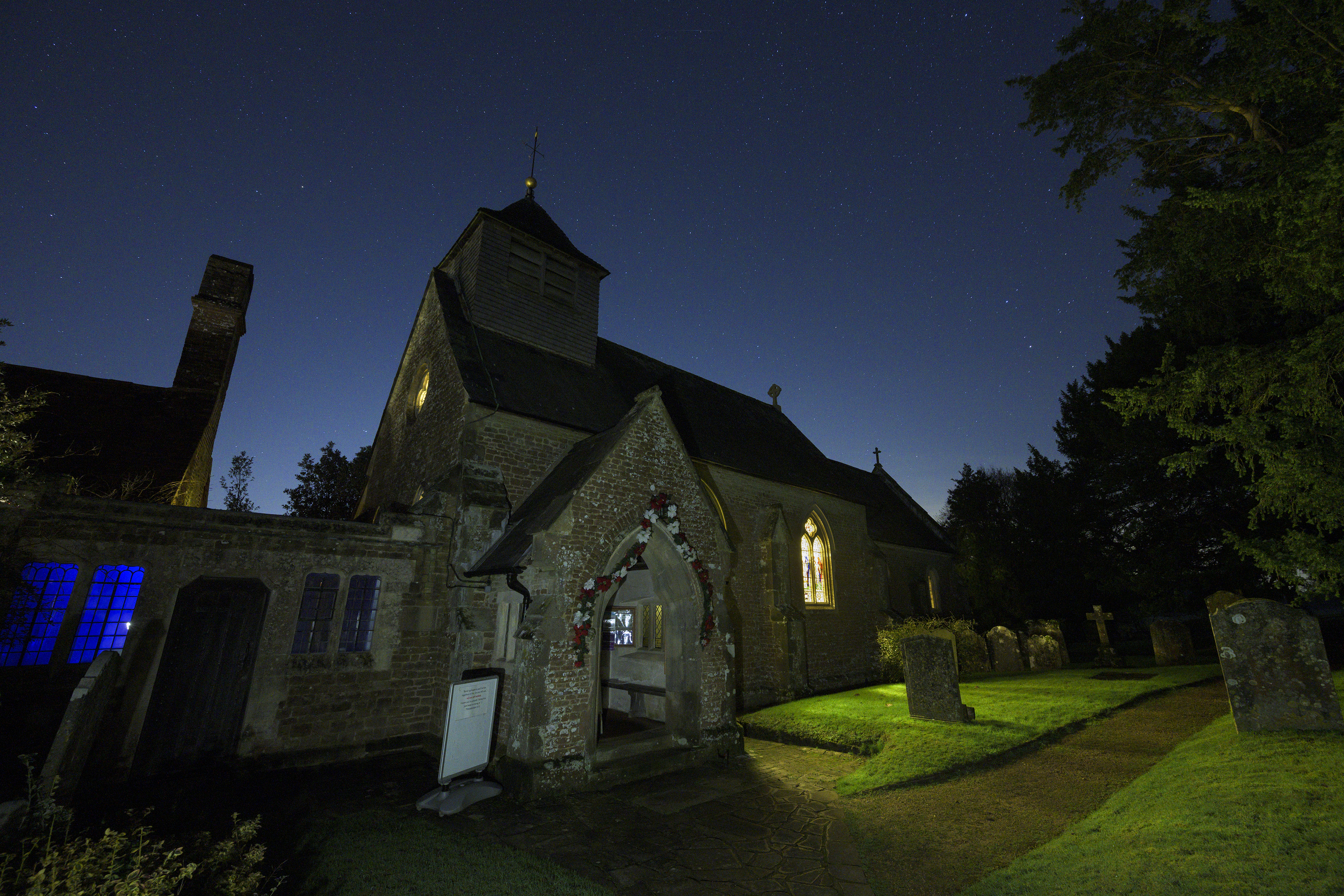
Sensor based image stabilization (married with optical stabilization) also makes handheld shooting all the better, especially at these unforgiving high resolutions.
The results will depend on how far away your subject is, but we often gained three stops of stabilization. For distant subjects, you can get usable results as shutter speeds as low as 0.5s, though it's best to use 1/4s to be safe.
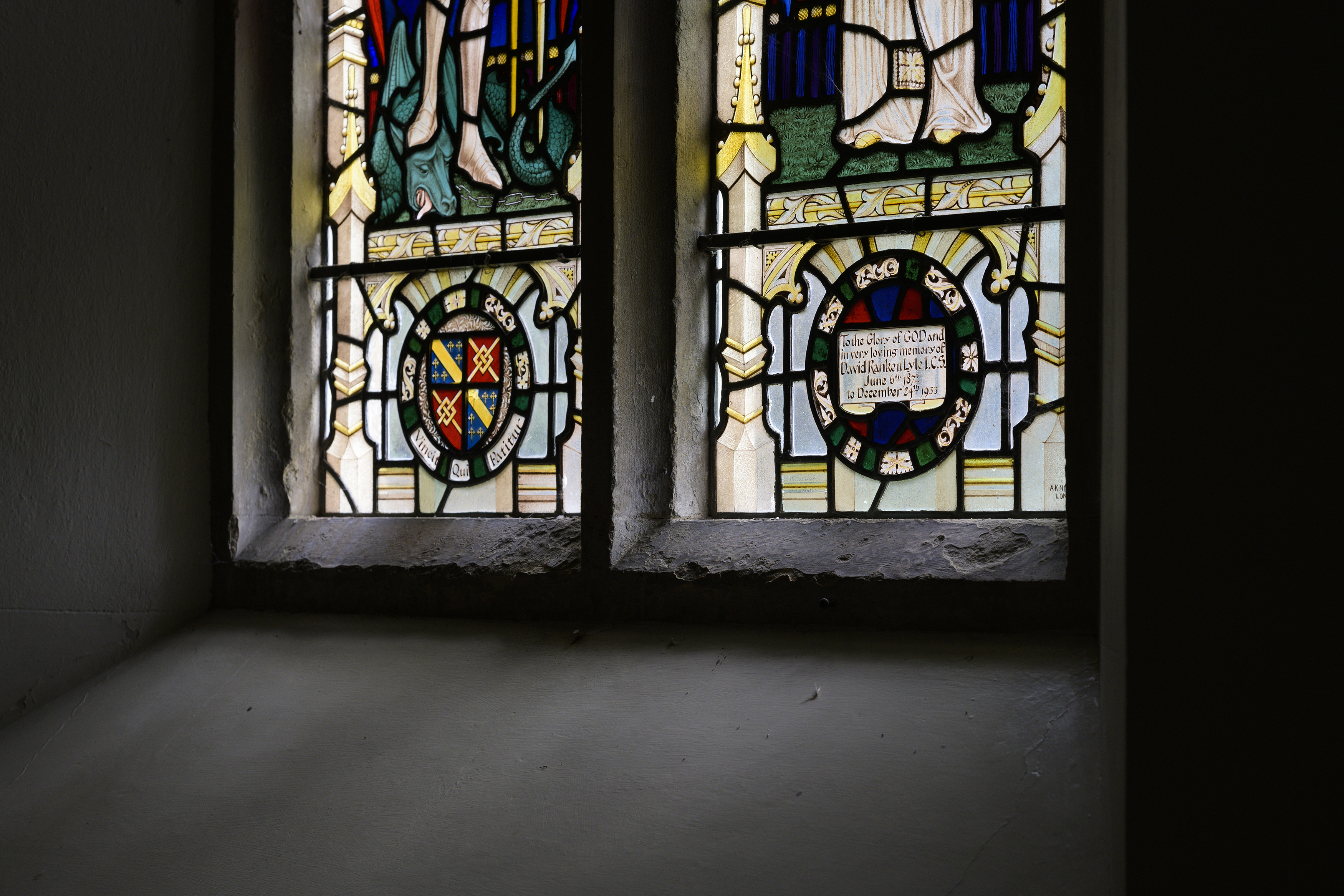

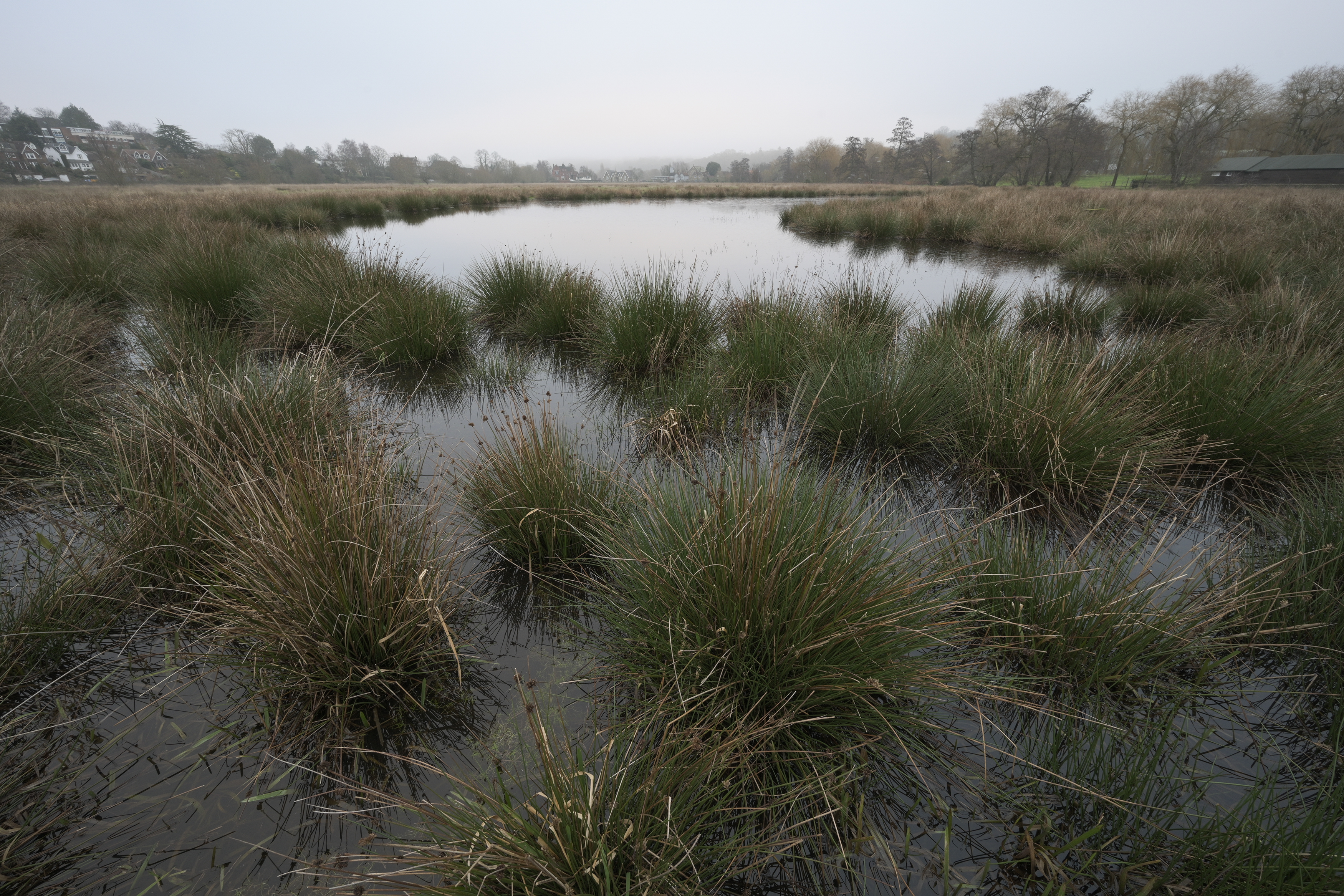
Lastly, you'll also enjoy class-leading dynamic range with the camera set to its minimum ISO 64 setting. This means the ability to bring back detail in situations where you're forced to underexpose by a couple of stops.
So while little has changed in two years, that's not necessarily a bad thing. The Nikon Z7 II is one of the best cameras you can buy for outright image quality.
Should I buy the Nikon Z7 II?

Buy it if...
You're a Nikon DSLR user looking for a change
If you're a Nikon DSLR user on the fence about switching to mirrorless, then be assured by the growth of the Nikon Z system. There are some excellent lenses available now (plus that FTZ adaptor). The Z7 II is also a more versatile camera than the Z7, with better accessories.
You want a tough and lightweight pro tool
The control layout, the feel in the hand, the build quality – the Z7 II is a dream to use and you can be assured that it'll cope in tough environments.
You want the most out of your pictures
The 45.7MP resolution is the tip of the iceberg. Even better is the sharp detail when paired with a Nikon Z lens, plus the best dynamic range in this class. The clean detail that can be recovered from the Z7 II's highlights and especially shadow areas is super impressive, too. For outright image quality, it's one of the best mirrorless cameras you can buy.
Don't buy it if...
You're upgrading from the Nikon Z7
The Z7 II is more versatile than the Z7, with dual card slots, twin processors, improved battery life and the new vertical grip. However, the bottom line is that your overall experience will be much the same.
You're all about the features
Pitted against the Sony A7R IV and Canon EOS R5, the Nikon Z7 II is found wanting in a few areas. The A7R IV has a higher resolution sensor and EVF, plus a better battery life. The EOS R5, meanwhile, has formidable video prowess and stabilization.
You demand the best autofocus
Autofocus has been improved in the Z7 II and, in isolation, it works really well. Eye detection AF increases your sharp shots where it counts, especially compared to DSLRs. But faced with the mirrorless competition, autofocus for action scenes doesn't quite match up.

Tim is the Cameras editor at TechRadar. He has enjoyed more than 15 years in the photo video industry with most of those in the world of tech journalism. During his time as Deputy Technical Editor with Amateur Photographer, as a freelancer and consequently editor at Tech Radar, Tim has developed a deeply technical knowledge and practical experience with cameras, educating others through news, reviews and features. He’s also worked in video production for Studio 44 with clients including Canon, and volunteers his spare time to consult a non-profit, diverse stories team based in Nairobi. Tim is curious, a keen creative, avid footballer and runner, and moderate flat white drinker who has lived in Kenya and believes we have much to enjoy and learn from each other.
